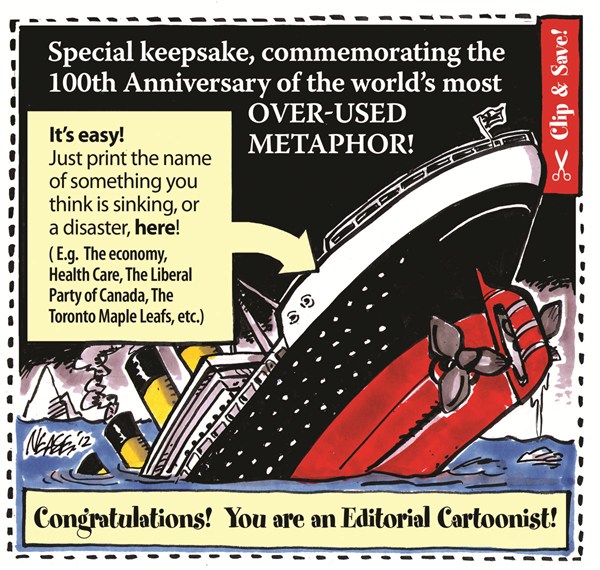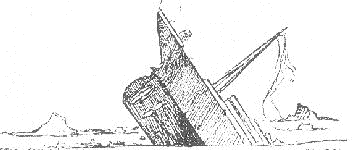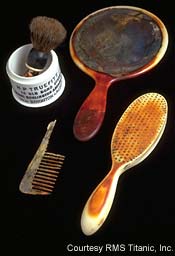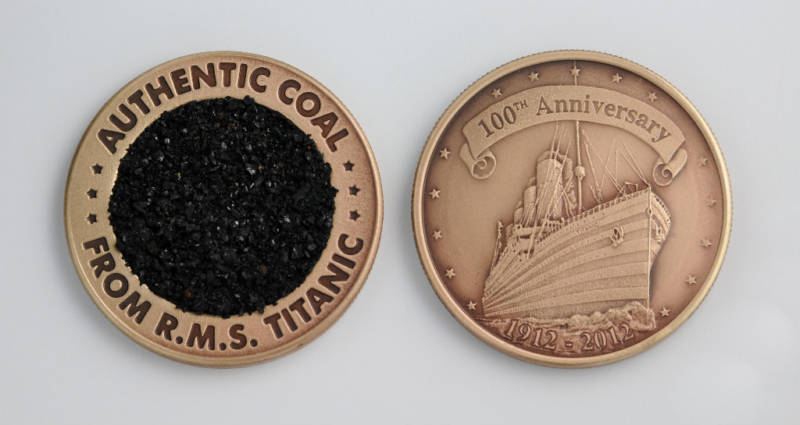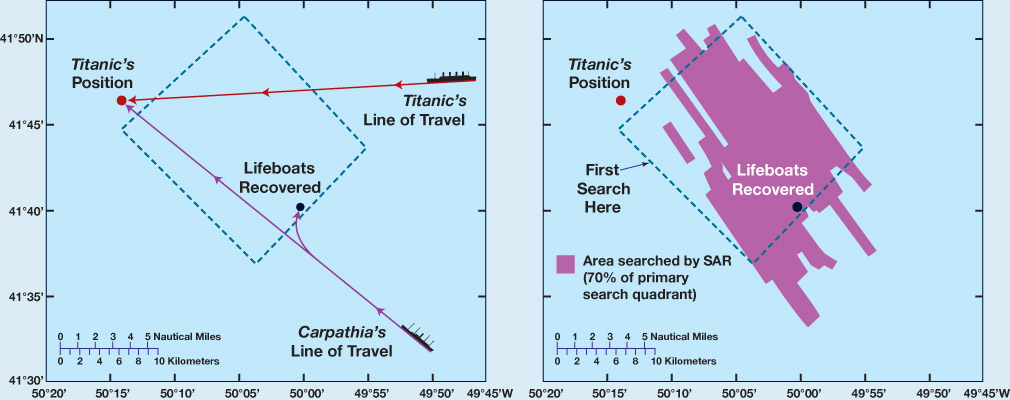What happened to the people who survived the Titanic shipwreck? How did the rest of their lives turn out? I was very curious, and I'm not the only one.
I read a couple books about "after the Titanic."
Remember that noise that Jack Thayer heard--the heart-wrenching sound of thousands of people screaming, moaning, and crying for help after the ship sank? Seems like all the survivors heard that sound and were haunted by it.
That's one theme that ties together the stories of the people profiled in this book. Andrew Wilson--biographer of Harold Robbins, among others--shares the stories of Titanic people from all walks of life: Madeline Astor, Jack Thayer, Frank Goldsmith, Bruce Ismay, and ordinary crew members and people in steerage.
I enjoyed reading about the passenger who, with her husband, moved to Idaho after surviving the shipwreck, and rarely talked to her family about the Titanic. But when her three boys grew up, though, she made special bags for them out of the coat she wore on the ship.
It was also cool to read about the lawyer, who, after being one of the men who was allowed in the boats, dedicated his life to getting compensation for the other passengers and victims' families. And I loved the story of Michel Navratil--the one-time "Titanic orphan" (with his brother). He was able to pay his last respects to his father (lost in the shipwreck) many years later when he traveled to the shipwreck site.
Other stories were not so rosy--Bruce Ismay's dogged life after being blamed for the accident (mostly by the American public, not so much the British), Madeline Astor and her unhappy love life, and Jack Thayer, the 17-year-old survivor, who took his own life after his son was shot down over the Pacific during WWII.
Like
Shadow of the Titanic, this book looks at what happened to people after the Titanic, but this one explores the ways ordinary people viewed the survivors and victims. It focuses on how they were remembered by the rest of us.
Some were looked upon as heros--the shipbuilder Thomas Andrews, who went down with the ship; Jack Phillips, who kept sending Marconi messages as the ship sank (he did not survive); and bandmaster Wallace Hartley, who kept playing music as the ship sank (he was also lost). This book shares the ways that these Titanic "heros" were celebrated, and has pictures of monuments and stories of myths that grew around these men.
Other Titanic people were thought of as "villains." Bruce Ismay, the managing director of the White Star Line, who slipped onto a lifeboat; and Sir Cosmo Duff Gordon, who gave money to lifeboat crew--was he bribing them not to go back and pick up survivors?
Some of the more interesting tales were of those who were "mixed." Was Captain Smith a stalwart hero, who went down with the ship, or a bungling captain? Was First Officer Murdoch the bribe-accepting, gun-shooting, suicidal person that the 1997 movie portrays? (Movie executives personally apologized to Murdoch's nephew in Murdoch's hometown of Dalbeattie for this portrayal. They also donated money to a Murdoch scholarship!)
I would say that Barczewski's book, like my blog, is looking at how the Titanic is "read" by people--and she takes a very thorough historical approach. It's a well-researched and interesting book.













,_October_2009.JPG/220px-Belfast_(111),_October_2009.JPG)




